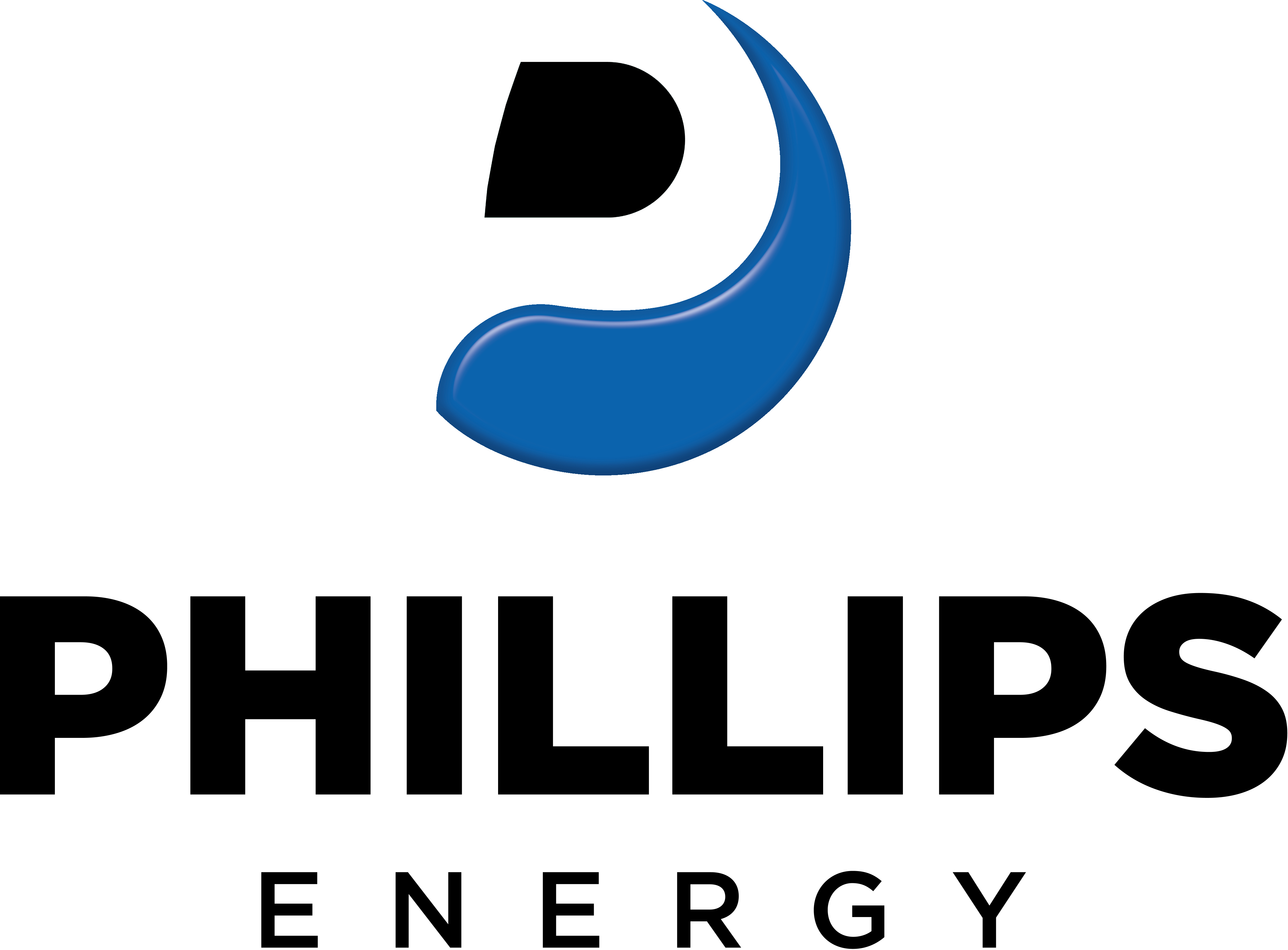Mineral Basics
understanding Mineral Rights and royalties
MIneral interests are Real-property interests and are generally perpetual in nature. Many landowners possess the rights to the minerals that rest beneath the surface of the tract of land they own. These mineral rights include the right to explore, drill and produce the hydrocarbons from beneath the tract.
In the Upstream sector of the oil & gas industry, Operators/Drilling companies are often referred to as E & P (Exploration and Production) companies. The operators must “explore” and locate hydrocarbons or minerals in source rock or underground reservoirs. They use 2-D or 3-D seismic waves that bounce back and let the operator know the location of oil and gas reservoirs. These seismic runs are carefully assessed before an exploratory well is drilled because of the high cost of drilling an oil and gas well. If the well is successful in locating hydrocarbons, then the well is completed to “produce” oil and gas. The operator will market the oil and gas to produce a profit, and give a share of the profit to the owner of the mineral rights.
During the marketing process, the oil and gas will be moved via pipe, truck, or rail by a Midstream Company. These companies transport oil and gas to refinery facilities (the Downstream sector) where they are processed and purified for use.
Once downstream at the refineries, many products are extracted from the hydrocarbons. Depending on the type of oil, it can produce many products including gasoline, lubricants, waxes, and asphalt. Natural Gas is run through a separator to extract unwanted products before being sent to end users.
A Landman is the tie between the drilling company and landowner. Landmen are responsible for determining mineral rights’ ownership. The Landman will research the history of a tract of land by running title at a courthouse. After ascertaining mineral ownership in a proposed drilling unit, the landman will approach the mineral owners with a lease. A lease is an agreement that grants the operator the right to explore for hydrocarbons in an owner’s mineral estate. In exchange for this right to explore, the mineral owner is entitled to receive a cost-free percentage of the revenue of any wells drilled, in the form of a royalty. Mineral owners also generally receive an upfront payment upon signing the agreement, called a “lease-bonus”. Multiple wells can be drilled in the same unit, of which the mineral owner is entitled to receive his percentage of the revenue in all of the wells.
Royalty interests are also sold independent of the minerals. These generally entitle the owner only to the percentage of the revenue. They can be sold by the mineral owner (all or part of their royalty interest) or by an energy company. When sold by an energy company they are carved out of the E&P company’s percentage of the revenue and are referred to as Overriding Royalty Interest (ORRIs). Minerals, royalties and ORRIs have significant value in oil & gas producing regions of the US.
